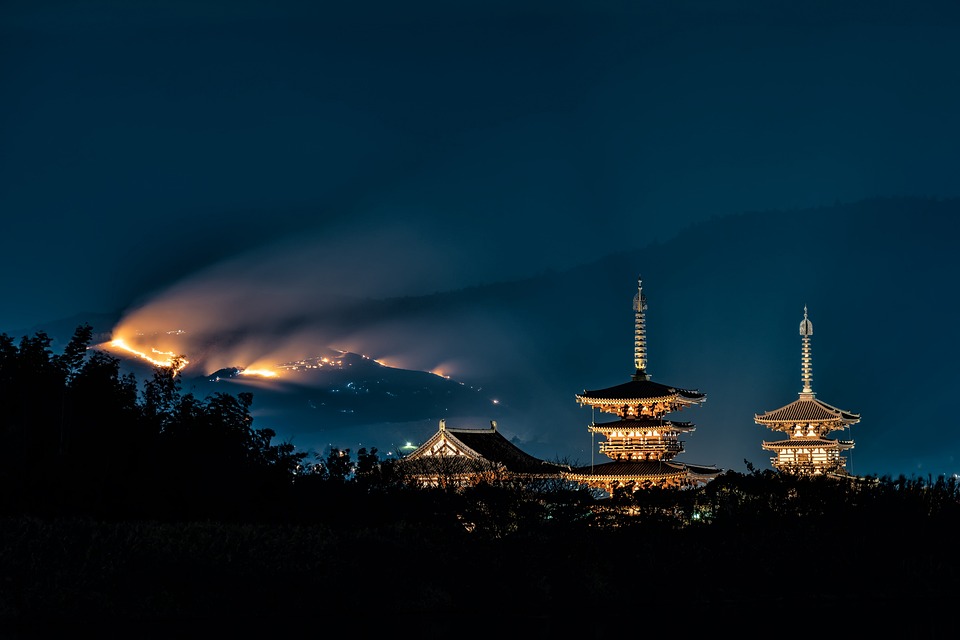Introduction
The film industry has undergone significant transformations over the years, thanks to advancements in technology. From the introduction of sound in movies to the rise of CGI and virtual reality, technology has played a crucial role in shaping the way films are made and consumed. In this article, we will explore the latest technology trends and innovations that are set to revolutionize the future of the film industry.
Virtual Production
Virtual production is a cutting-edge technology that blurs the lines between traditional filmmaking and video game development. By using real-time rendering and motion capture techniques, filmmakers can create immersive virtual environments that look and feel like the real world. This technology has already been used in blockbuster films like “The Mandalorian” and “The Lion King,” and its popularity is only expected to grow in the coming years.
Virtual Sets
One of the key benefits of virtual production is the ability to create realistic virtual sets that can be easily modified and manipulated. This allows filmmakers to shoot on location without actually leaving the studio, saving time and money in the process. Virtual sets also offer greater creative freedom, as filmmakers can easily add or remove elements from the scene with just a few clicks.
Motion Capture
Motion capture technology is another crucial component of virtual production, as it allows filmmakers to capture the movements of actors and translate them into digital characters. This technology has been used in films like “Avatar” and “The Lord of the Rings” to create lifelike performances that would be impossible to achieve with traditional animation techniques. As motion capture technology continues to improve, we can expect to see even more realistic digital characters in future films.
Artificial Intelligence
Artificial intelligence (AI) is another technology that is set to revolutionize the film industry in the coming years. From scriptwriting to editing, AI algorithms can automate a variety of tasks that were previously done manually by filmmakers. For example, AI-powered programs like Scriptbook and ScriptBook Analyzer can analyze scripts and predict the success of a film based on various factors such as genre, cast, and dialogue.
Recommendation Systems
AI-powered recommendation systems are also playing a crucial role in how films are consumed by audiences. Platforms like Netflix and Amazon Prime use AI algorithms to analyze user preferences and recommend films and TV shows that are likely to be of interest to them. This not only helps audiences discover new content but also allows filmmakers to reach a wider audience with their work.
Deep Learning
Deep learning is a subset of AI that involves training neural networks to recognize patterns in data. In the film industry, deep learning algorithms can be used for a variety of applications, such as color grading, visual effects, and even facial recognition. This technology can significantly speed up the post-production process and allow filmmakers to focus more on the creative aspects of their work.
Augmented Reality
Augmented reality (AR) is a technology that superimposes digital content onto the real world, creating a unique blend of virtual and physical elements. In the film industry, AR can be used to enhance the viewing experience by adding interactive elements to films. For example, movie posters and billboards could come to life when viewed through a smartphone or tablet, giving audiences a new way to engage with promotional material.
Interactive Storytelling
AR can also be used to create interactive storytelling experiences that allow audiences to explore the world of a film in a more immersive way. For example, viewers could use AR glasses or mobile devices to interact with characters and objects in the film, unlocking hidden content and easter eggs along the way. This technology has the potential to change the way films are made and consumed, creating a more interactive and engaging experience for audiences.
Location-Based Entertainment
Another application of AR in the film industry is location-based entertainment, where audiences can visit physical locations and experience augmented reality elements tied to a specific film or franchise. For example, a theme park could use AR technology to create interactive exhibits and attractions based on popular films, giving fans a unique way to engage with their favorite stories.
Conclusion
The future of the film industry is filled with exciting technological possibilities that are set to revolutionize the way films are made and consumed. From virtual production to artificial intelligence and augmented reality, these technologies are pushing the boundaries of creativity and innovation in the world of cinema. As filmmakers continue to embrace these advancements, we can expect to see even more groundbreaking films that captivate audiences and push the boundaries of storytelling.



